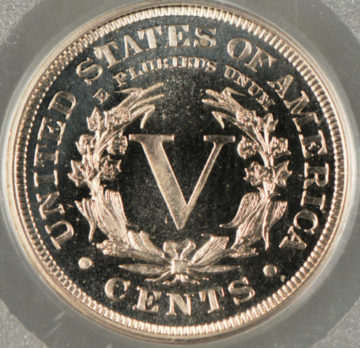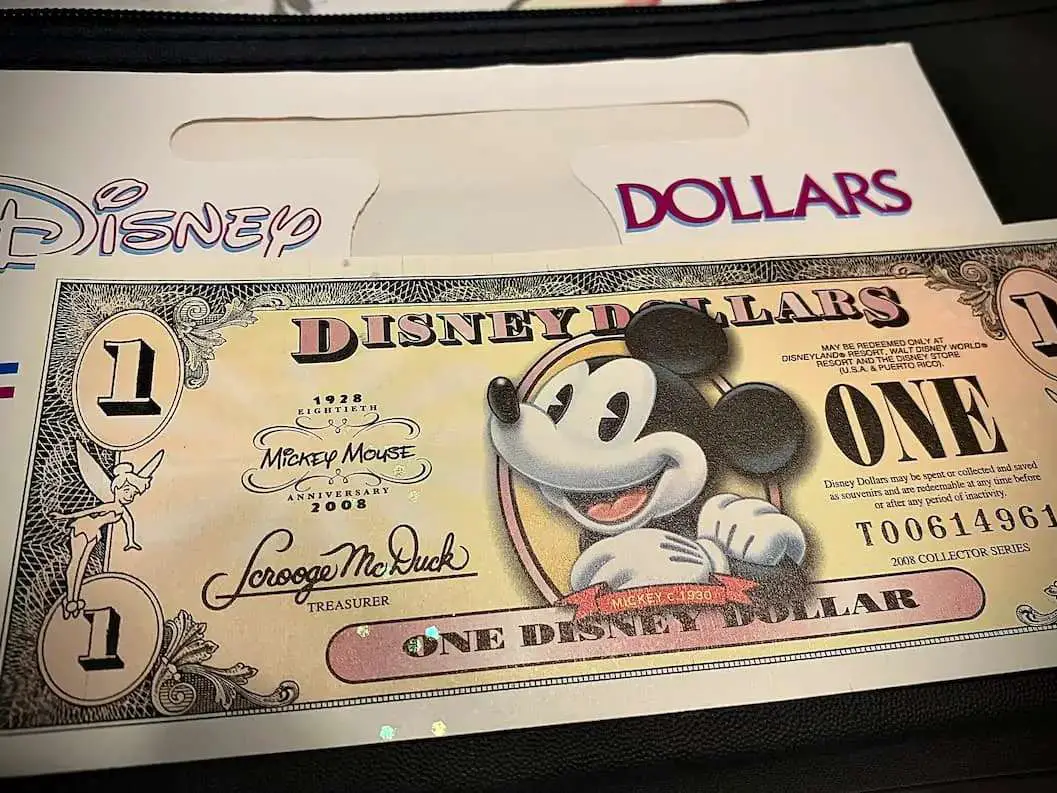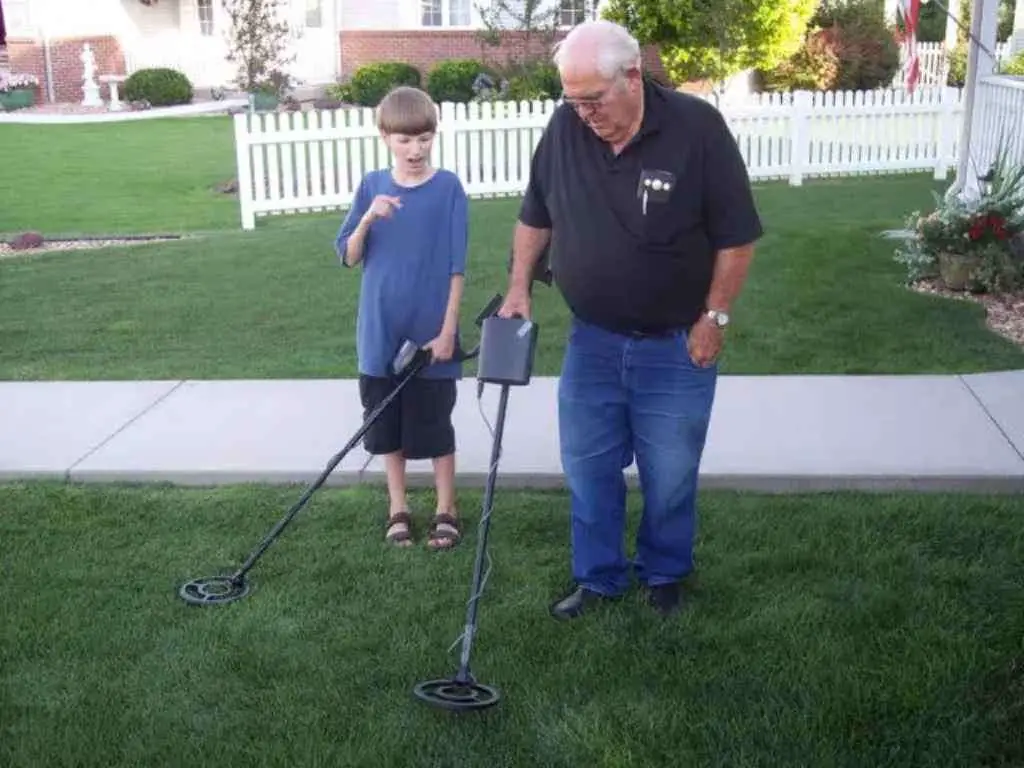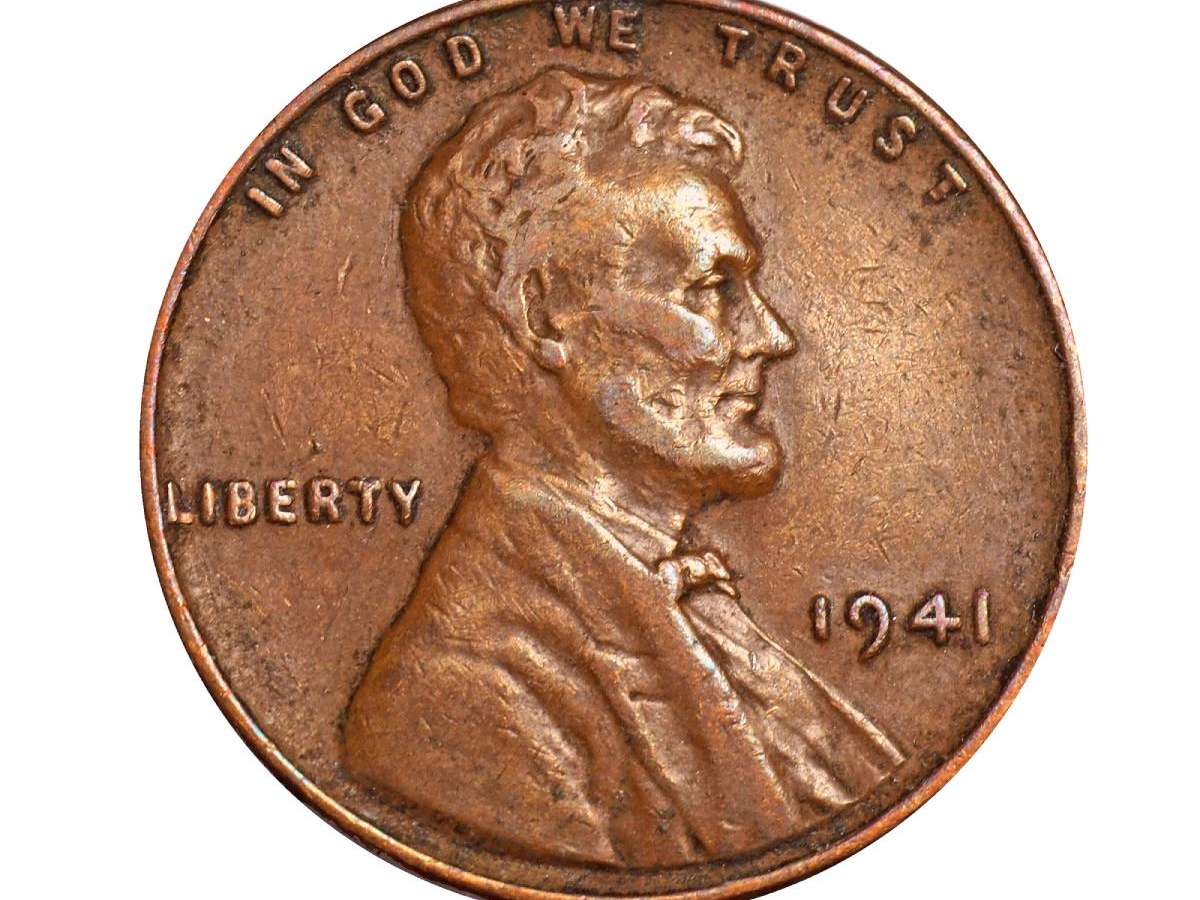In 1883 the mint started production of the Liberty Head nickel.
It’s more commonly called the V Nickel — due to the Roman numeral V on the reverse.
Here’s what you need to know to find the value of your Liberty nickels.
What’s Special About The Liberty Nickel
The Liberty Head nickel was designed by Charles E. Barber.
During the first year of production (1883), it was produced without the word CENTS underneath the V.
Well, people started gold plating the coins and passing them off as 5 dollar gold coins!
So, later that same year, the word CENTS was added beneath the V on the reverse side of the Liberty nickel.
The Liberty Head nickel was produced from 1883 to 1913.
See a picture of the Liberty Head nickel (aka the V Nickel), as well as mintage numbers and other details.
Liberty Head Nickel Values
V Nickels from 1912 to 1897 are among the more common. They’re worth about $2 to $12 each in circulated condition, depending on the grade of the coin.
Here are some of the more uncommon dates and varieties to look for:
- 1913 – 1,840,000 (Only 5 are known to exist!)
- 1912 S – $140 to $460
- 1894 – $15 to $150
- 1888 – $26 to $110
- 1886 – $200 to $460
- 1885 – $475 to $900
- 1883 with CENTS – $15 to $50
- 1883 without CENTS $6 to $10
Some of the more common Liberty Head nickels from the early 1890s can be worth a little more than the later common coins. The earlier ones are worth around $7 to $40, depending on the grade.
An Update To The Liberty Nickel Values Listed Above…
Liberty Head nickels have gone up in value over the last few years.
For example:
- The rare 1913 Liberty nickel sold at auction for a whopping $3.7 million!
- The 1885 Liberty Head nickel is selling for at least $600 in the grade of Good.
- Even more common Liberty nickels are selling for $5 and up.
The Bottom Line
So to summarize, here’s what you need to know about V Nickel values and circulation numbers…
The Liberty Head nickel series includes 2 varieties:
- No-CENTS — lasted for only a few months during the first year of striking (1883)
- With-CENTS — prevailed for the rest of the series (and for good reason)
While a lower number of the 1883 no-CENTS Liberty nickels were made (5,479,519 minted), they are actually less expensive than the higher-mintage (16,032,983) 1883 with-CENTS Liberty Head nickels.
Like most coins in their first year, many of the no-CENTS Liberty nickels were saved by the public — that explains the relatively large supply of no-CENTS Liberty Head nickels in high grades.
The no-CENTS Liberty nickel can be bought for around $5 to $8 in lower grades and less than $35 in uncirculated grade.
The with-CENTS 1883 Liberty nickel starts at around $25 in low circulated grades and costs about $200 to obtain in uncirculated grade.
Most of the 1880s and 1890s dates in the Liberty Head nickel series can be purchased for less than $20 to $30 each in decent, circulated grades.
All but one of the 1900s dates can be bought for less than $7 to $10 each in the same grades.
But there are a few Liberty Head nickel dates that will trip you up if you’re on a budget. They are:
- 1885 (1,476,490 minted) $625 to $2,750
- 1886 (3,330,290 minted) $275 to $1,450
- 1912-S (238,000 minted) $140 to $1,900
*These V Nickels values are for coins in Good-4 to Mint State 60.
Here are some great tips for collecting Liberty nickels.
I have been collecting and trading coins for years. Coin collecting is a hobby for me, and I’ve done a lot of research about coins through the years.





